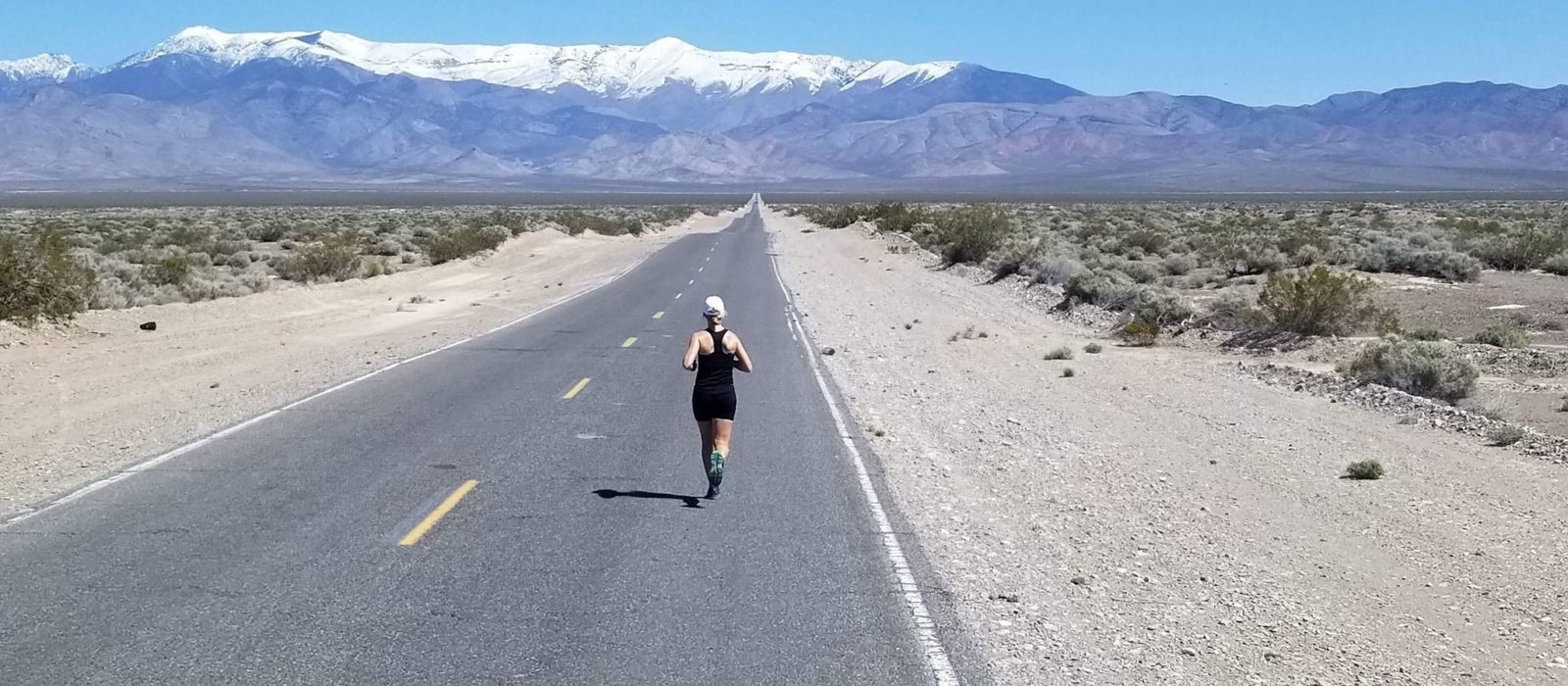
There is no doubt that high volume works for many. For others, not so well. The truth be told, high volume is best but only with the required prerequisites in place and the correct structure applied.
History tells us a couple of things. The best endurance athletes are high volume. The contradiction is that many high volume athletes suffer from frequent injury, hence the ongoing debate about high volume vs lower volume high-intensity training programs.
So what are the key aspects of a high volume program?
- High volume programs begin at 9 hours running a week, 15 hours of cycling, or 10 hours of swimming. For Multisport we reduce a little but combine to 20 hours a week across the three. The numbers go up from here depending on the athlete’s condition and available recovery time.
- High volume does not equal extremely long sessions. A maximum run time of 2 hours 20 min, Bike time of 4 hours 30 min, Swim time of 90 min. Any more in one session and you move into atrophy where the need to recover exceeds the physiological returns. There is no reason why you can’t do two sessions in a day thus achieving 4 hours running or 6 hours riding in a day by backing up.
- There should be at least one recovery day a week with no training or a low-intensity recovery session. Every 3rd or 4th week should be a low volume recovery week.
- Stressful or big day job? If your weeks are full with your stressful day job then your volume will be mostly weekend and weekday mostly recovery. Don’t trade sleep for training hours on weekdays!
- Confidence and mindset. Do a few longer sessions, over the above session limits, to build race distance confidence. Understand there will be limited physiological benefits and you will require extended recovery.
- Races and social events. Obviously, sessions over the above times are OK if physiological adaptations are not the goal such as races or social events.
What are the prerequisites:
- Your biomechanics are solid. Alignment, balance and technique are good and you have no repeating ligament, joint, bursa or similar injuries such as Achilles tendonitis, plantar fasciitis, rotator cuff, ITB etc. Your swim arm recovery is free and unimpinged. Your run foot strike is below your body, not in front, your bike setup is millimetre perfect. Volume with biomechanical deficiencies is a sure way to injury.
- You have solid functional strength and even a functional reserve to support the volume. A breakdown in strength will compromise form and will lead to injury or, at least, a need to extend recovery.
- You have good metabolic health. You can burn both fat and glycogen for fuel. If you are totally dependent on carbohydrates for fuel, the accumulation of associated oxidation and inflammation will lead to slow recovery, fatigue, or possible illness.
- You have sufficient free time in your lifestyle to recover between sessions. That is free, downtime. Not just time not exercising, but time for both physical and mental, low-stress rest, and plenty of sleep.
- You eat well, a good diverse diet of real food with a broad profile on minerals, vitamins and macronutrients.
If there are there gaps in the above, consider the following;
- Hire a coach to assist with technique. Once the poor technique is identified, correction takes to change, a shift from conscious competence to unconscious competence. A good technique coach can take you through the steps to change.
- Signup for a 6 to 8 week functional and maximal strength program for endurance athletes designed to build functional alignment and a functional reserve.
- Get fat adapted. Not necessarily Keto, but the ability to access both fat and carbohydrates as fuel. Fat for aerobic training and Carbs for high intensity / high stress.
- Design a program that suits your lifestyle. You can only train as much as you can recover. Identify your recovery windows first then build your training around those.
- Fix your way of eating by engaging a sports nutritionist with a solid endurance experience. Do the research, and learn to cook!
- Ramp up from your current volume to high volume slowly, maximum 8% in volume per training block of three weeks. Any niggle, and you need to consolidate until stable.
Training is a process, it’s not a constant struggle. Done right it’s a fulfilling and even invigorating process. Enjoy it, go long, get in the flow.
